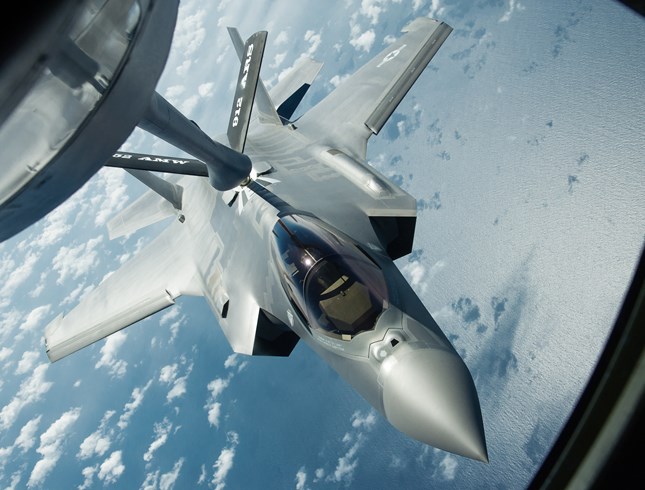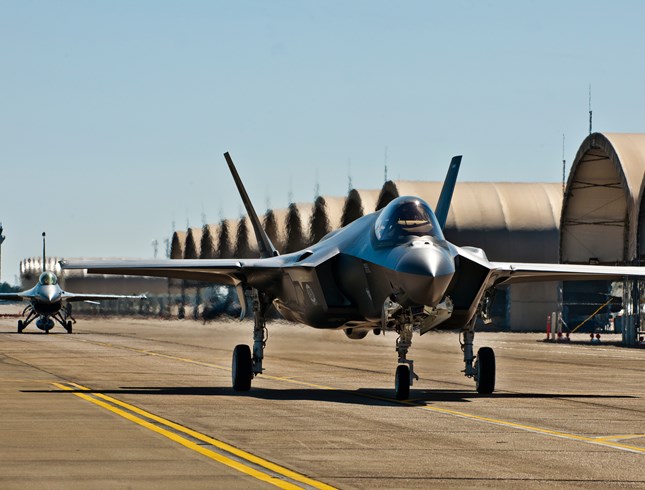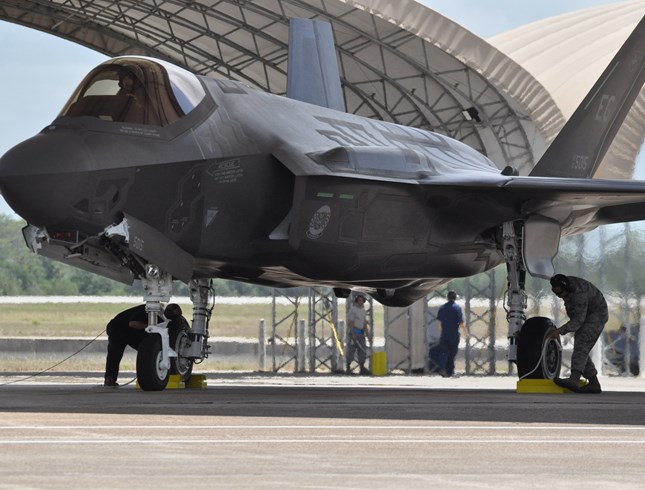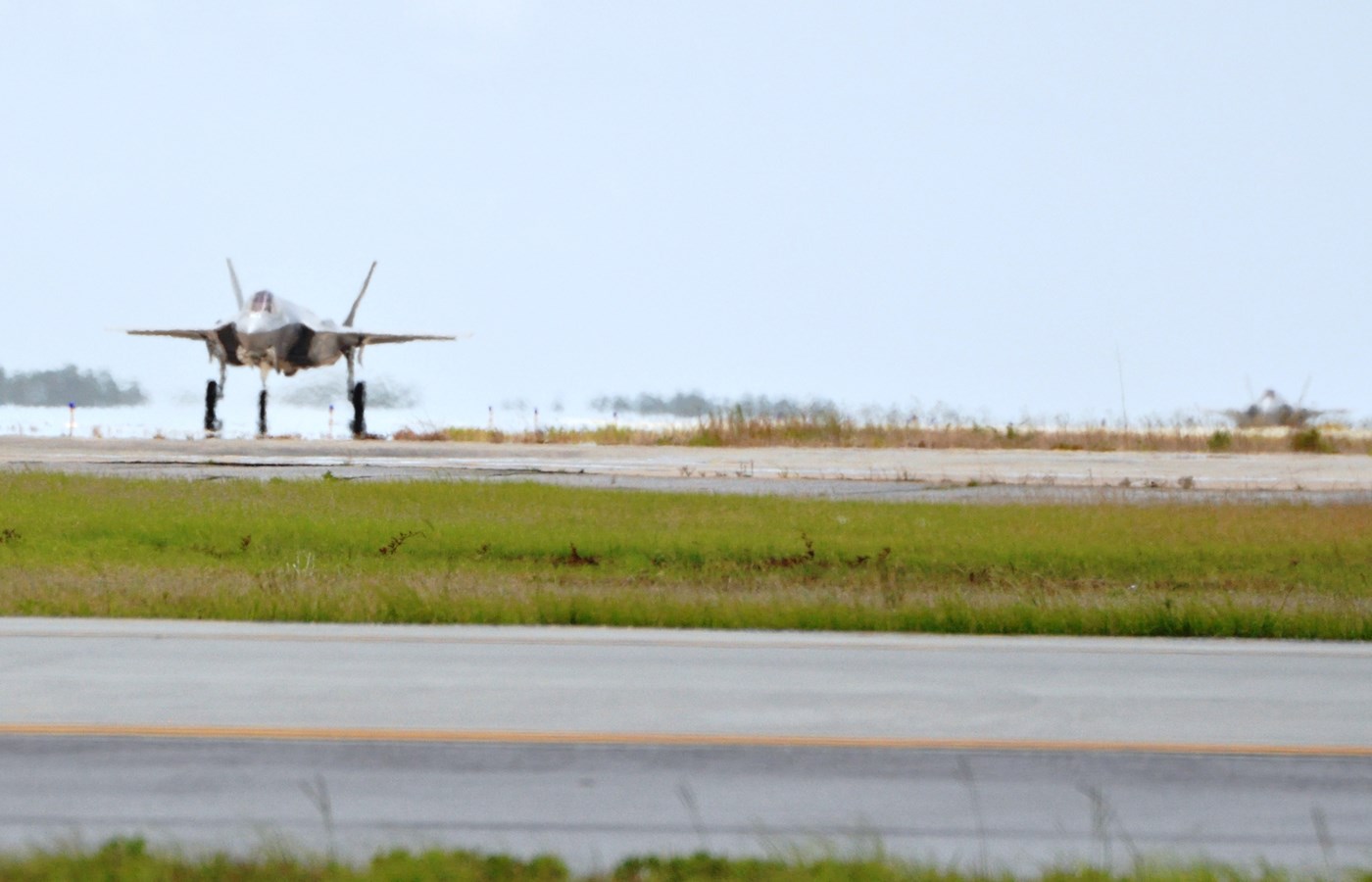Client
Coffey & Department of Defence
Location
Australia
Completion date
2015
Scope of Services
Marshall Day Acoustics' work involved:
- Establishing baseline noise levels for existing F/A-18A/B Hornet operations, based on noise modelling and analysis of flight paths, movement statistics and long term noise measurement data
- Forecasting future F-35A noise levels at each base for a range of operating scenarios, including seasonal variations, routine training at air weapons ranges and international exercises
- Assessing predicted noise impacts, having regard to issues such as community annoyance and land use impacts
- Comprehensive noise impact assessment reporting for the main operating bases and key forward operating bases
- Presentations at community and local government consultation events


Challenges
As a Defence capability project of national strategic significance, the assessment of F-35A operations required a balance between the facilitation of essential resource upgrades and the effective management of adverse noise impacts.
Compared to the F/A-18A/B Hornet, the F-35A has a more powerful engine and, as a result, is capable of producing higher noise emissions than the F/A-18A/B Hornet when maximum thrust is used. Conversely, because the F-35A has been designed to carry its fuel and weapons internally rather than externally, the F-35A is able to perform a range of procedures with lower engine thrust and noise emissions than the F/A-18A/B Hornet.
A key challenge of the noise study was to deliver a highly technical and detailed assessment that addressed stringent federal government requirements, while communicating the study findings in a way that enabled a range of different stakeholders to make informed decisions about the project.
Outcomes
The flying operations of the F-35A subsequently received approval from the Department of the Environment on 10 July 2015. The first F-35A is due to arrive in Australia in 2018.

"The factor that differentiated their service was the ability to clearly communicate technical subjects in a way that enabled Defence to make informed decisions about the project. I would have no hesitation in recommending Marshall Day Acoustics."




